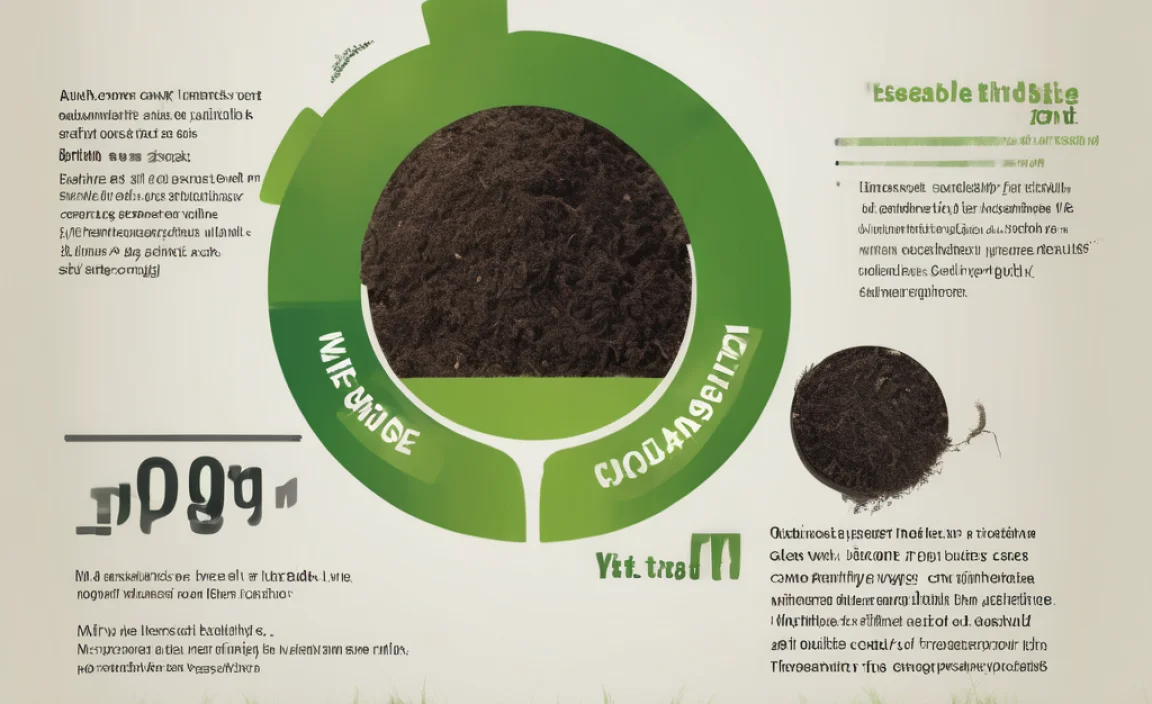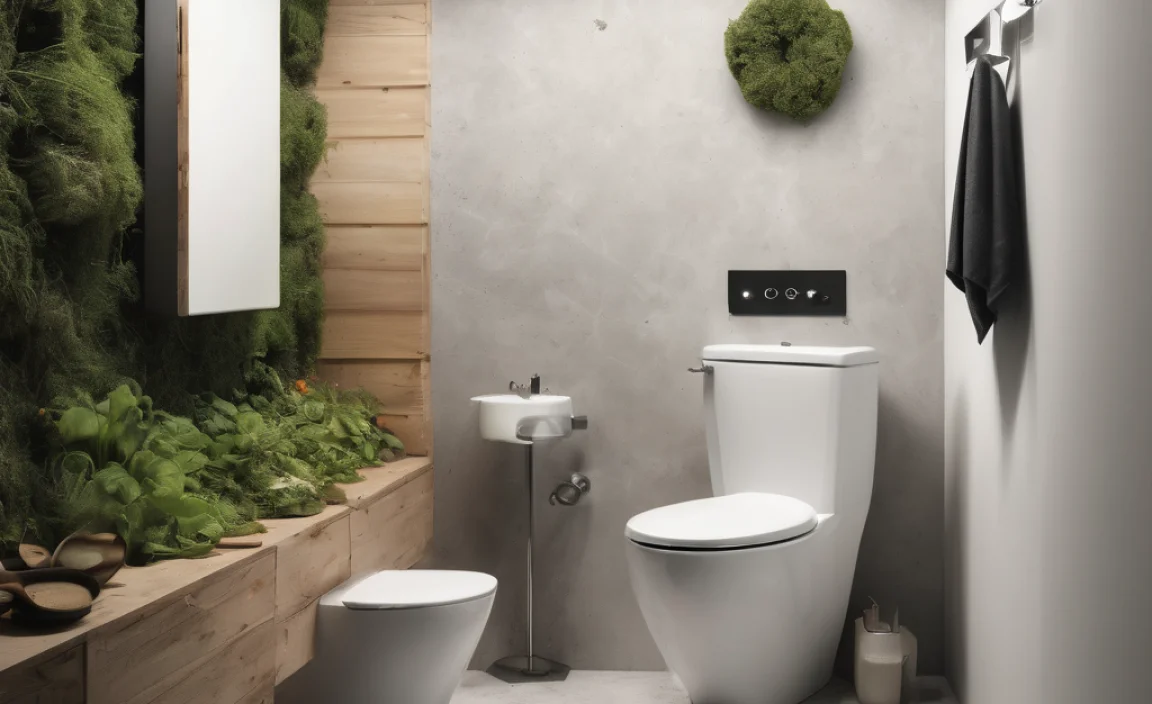Quick Summary: Is your Keurig not dispensing water? Don’t worry, you’re not alone! The most common reasons are an empty water reservoir, a clogged needle, or air trapped in the lines. We’ll guide you through simple steps to troubleshoot and fix the problem, so you can get back to enjoying your favorite coffee in no time. Let’s get started!
Nothing’s more frustrating than craving a cup of coffee only to find your Keurig won’t cooperate. Instead of that smooth, hot brew, you get… nothing. Or maybe just a dribble. It’s a common problem, and luckily, it’s usually easy to fix. You don’t need to be a coffee machine expert to get your Keurig working again.
This guide will walk you through the most likely culprits behind your Keurig’s refusal to dispense water. We’ll cover everything from simple fixes like refilling the reservoir to slightly more involved solutions like descaling. By the end of this article, you’ll have the knowledge and confidence to troubleshoot and resolve the issue. Ready to get your coffee flowing again? Let’s dive in!
Why is My Keurig Not Dispensing Water? Common Causes
Several factors can cause your Keurig to stop dispensing water. Here are some of the most frequent reasons:
- Empty Water Reservoir: This is the most obvious, but it’s easily overlooked.
- Clogged Needle: Coffee grounds and mineral deposits can block the needle that punctures the K-Cup.
- Air Lock: Air bubbles can get trapped in the water lines, preventing water from flowing.
- Scale Buildup: Mineral deposits from hard water can accumulate and clog the internal components.
- Faulty Water Pump: In some cases, the water pump may be malfunctioning.
- Defective or Displaced Reservoir: If the reservoir isn’t sitting correctly or is damaged, it won’t dispense water.
Troubleshooting Steps: Getting Your Keurig Brewing Again
Follow these steps to diagnose and fix your Keurig. Start with the simplest solutions first.
Step 1: Check the Water Reservoir
This might seem obvious, but it’s the first thing to check. Make sure the reservoir is filled with water to at least the minimum fill line.
- Action: Remove the reservoir, rinse it out, and refill it with fresh, filtered water.
- Why: An empty or improperly seated reservoir will prevent the Keurig from dispensing water.
Step 2: Check the Reservoir is Seated Correctly
Sometimes the reservoir might be full, but not seated correctly. This can happen if it’s bumped or not fully in place after refilling.
- Action: Ensure the reservoir is properly seated in its base. Remove and re-seat it, ensuring it clicks or sits firmly in place.
- Why: If not seated correctly, the Keurig won’t recognize that there’s water available.
Step 3: Descale Your Keurig
Scale buildup is a common issue, especially if you use hard water. Descaling removes mineral deposits that can clog the internal components.
- Prepare the Descaling Solution: You can use Keurig’s descaling solution or a mixture of equal parts white vinegar and water.
- Fill the Reservoir: Pour the descaling solution into the water reservoir.
- Run a Brewing Cycle: Without a K-Cup, run a full brewing cycle.
- Repeat: Repeat this process several times until the reservoir is empty.
- Rinse: Rinse the reservoir thoroughly with fresh water and run several brewing cycles with fresh water only.
Step 4: Clean the Needle
The needle that punctures the K-Cup can become clogged with coffee grounds or mineral deposits. Use a paperclip or a Keurig cleaning tool to clear any blockages.
- Turn Off and Unplug: Ensure the Keurig is turned off and unplugged for safety.
- Locate the Needle: Open the K-Cup holder and locate the needle. There’s usually one on top and sometimes one below.
- Clean the Needle: Straighten a paperclip or use a Keurig cleaning tool to gently poke into the needle holes and dislodge any debris.
- Rinse: Run a brewing cycle with just water to flush out any remaining debris.
Step 5: Check for Air Locks
Air bubbles can get trapped in the water lines, preventing water from flowing. This is called an air lock. Here’s how to clear it:
- Remove the Reservoir: Take out the water reservoir.
- Turn it On: Turn the Keurig on without the reservoir.
- Lift and Lower the Handle: Lift and lower the handle as if you are going to brew a cup. This will usually trigger the pump to try to fill.
- Replace the Reservoir: Put the full water reservoir back on.
- Run a Brewing Cycle: Run a brewing cycle with just water. This should push any trapped air out of the system.
Step 6: Reset Your Keurig
Sometimes, a simple reset can resolve minor software glitches that might be affecting the water flow.
- Unplug: Unplug the Keurig from the power outlet.
- Wait: Wait for a few minutes (5-10 minutes is recommended).
- Plug Back In: Plug the Keurig back into the power outlet.
- Test: Turn on the Keurig and try brewing a cup of water.
Step 7: Check the Water Filter (If Applicable)
If your Keurig has a water filter, it might be clogged and need replacement. A clogged filter can restrict water flow.
- Locate the Filter: Find the water filter compartment in the reservoir.
- Remove the Filter: Take out the water filter.
- Replace or Remove: Either replace the filter with a new one or remove it altogether (if you choose to remove it, ensure your Keurig can function without it).
- Test: Refill the reservoir and try brewing a cup.
Step 8: Inspect the Internal Components
If none of the above steps work, there might be an issue with the internal components. This step requires caution and some technical knowledge.
- Water Pump: Listen to the sound of the water pump when the Keurig is turned on. If it’s not making any noise, it might be faulty. Replacement of the water pump may be needed, but this requires disassembling the Keurig.
- Hoses and Connectors: Check the internal hoses and connectors for any visible blockages or disconnections. Ensure everything is properly connected.
Note: If you’re not comfortable disassembling your Keurig, it’s best to contact Keurig customer support or a qualified appliance repair technician. Incorrectly handling internal components can cause further damage or void your warranty.
Step 9: Contact Keurig Support
If you’ve tried all the troubleshooting steps and your Keurig still isn’t dispensing water, it might be time to contact Keurig customer support. They can provide further assistance or advise you on repair options.
- Gather Information: Have your Keurig model number and purchase date ready.
- Explain the Issue: Clearly explain the steps you’ve already taken to troubleshoot the problem.
- Follow Their Instructions: Follow any instructions or recommendations provided by the customer support representative.
Tools You Might Need
Here’s a list of tools that can come in handy when troubleshooting your Keurig:
- Descaling Solution: Keurig’s descaling solution or white vinegar.
- Paperclip or Cleaning Tool: For cleaning the needle.
- Fresh Water: For rinsing the reservoir and running brewing cycles.
- New Water Filter: If your Keurig has a water filter.
- Screwdriver Set: For disassembling the Keurig (if necessary).
- Towel or Cloth: To clean up any spills.
Preventative Measures: Keeping Your Keurig in Top Shape
To avoid future issues with your Keurig, consider these preventative measures:
- Use Filtered Water: Using filtered water can reduce scale buildup.
- Descale Regularly: Descale your Keurig every 3-6 months, depending on your water hardness.
- Clean the Needle Regularly: Clean the needle every month to prevent clogs.
- Replace Water Filter: Replace the water filter every 2 months or after 60 tank refills.
- Keep the Reservoir Clean: Rinse the water reservoir regularly to prevent buildup.
Understanding Keurig Error Messages
Sometimes, your Keurig might display an error message when it’s not dispensing water. Here’s a quick guide to some common error messages and their meanings:
| Error Message | Possible Cause | Solution |
|---|---|---|
| “Add Water” | Water reservoir is empty or not properly seated. | Refill the water reservoir and ensure it’s properly seated. |
| “Prime” | Air lock in the water lines. | Lift and lower the handle without a K-Cup to prime the system. |
| “Descale” | Scale buildup in the internal components. | Descale the Keurig using a descaling solution. |
| (No Error Message, Just No Water) | Clogged needle, faulty water pump, or internal blockage. | Clean the needle, check the water pump, and inspect internal components. |
When to Call a Professional
While many Keurig issues can be resolved with DIY troubleshooting, there are times when it’s best to call a professional. Consider seeking professional help if:
- You’re uncomfortable disassembling the Keurig.
- The Keurig is still under warranty.
- You suspect a major component like the water pump is faulty.
- You’ve tried all troubleshooting steps and the Keurig still isn’t working.
DIY vs. Professional Repair: Cost Comparison
Here’s a table comparing the costs of DIY repairs versus professional repairs for common Keurig issues:
| Issue | DIY Repair Cost | Professional Repair Cost |
|---|---|---|
| Descaling | $5 – $10 (for vinegar or descaling solution) | $30 – $50 |
| Cleaning Needle | $0 (using a paperclip) | $20 – $40 |
| Replacing Water Filter | $10 – $20 (for a new filter) | $30 – $60 (including labor) |
| Replacing Water Pump | $20 – $50 (for the pump) + your time | $80 – $150 (including labor and parts) |
FAQ: Troubleshooting Your Keurig
Here are some frequently asked questions about Keurig water dispensing issues:
Why is my Keurig dispensing only a small amount of water?
This could be due to a clogged needle, scale buildup, or low water level in the reservoir. Try cleaning the needle, descaling the Keurig, and ensuring the reservoir is filled to the correct level.
How often should I descale my Keurig?
It’s recommended to descale your Keurig every 3-6 months, depending on the hardness of your water. If you use hard water, you may need to descale more frequently.
Can I use vinegar to descale my Keurig?
Yes, you can use a mixture of equal parts white vinegar and water to descale your Keurig. Be sure to rinse the reservoir thoroughly with fresh water after descaling.
What does the “Prime” error message mean on my Keurig?
The “Prime” error message indicates that there is an air lock in the water lines. Try lifting and lowering the handle without a K-Cup to prime the system.
How do I clean the needle on my Keurig?
Turn off and unplug the Keurig. Open the K-Cup holder and use a paperclip or Keurig cleaning tool to gently poke into the needle holes and dislodge any debris. Run a brewing cycle with just water to flush out any remaining debris.
Why is my Keurig making a loud noise but not dispensing water?
This could indicate a problem with the water pump or a blockage in the water lines. Check for any visible blockages and ensure the water pump is functioning correctly. If the noise persists, contact Keurig customer support.
Is it safe to disassemble my Keurig to fix it?
Disassembling your Keurig can be risky if you’re not familiar with its internal components. If you’re uncomfortable with disassembling it, it’s best to contact Keurig customer support or a qualified appliance repair technician.
Conclusion
Fixing a Keurig that won’t dispense water can seem daunting, but with these simple steps, you can often resolve the issue yourself. Remember to start with the easy fixes, like checking the water reservoir and cleaning the needle, before moving on to more complex solutions like descaling or inspecting internal components. By following this guide, you’ll be back to enjoying your favorite coffee in no time. And if all else fails, don’t hesitate to reach out to Keurig support for further assistance. Happy brewing!


